For those of you who don’t know I was a classroom teacher during the late 1990s and into the early 2000s following a long career as a paralegal. Around 2006 I began writing and publishing some of my exploits in the classroom at a blog I titled History Is Elementary. Before I was done with the project, I had had been featured in the USA Today newspaper as a teacher who blogged and had a foundation for a book I’ve yet to publish.
The following is one of my #TrueTales from the classroom where I identified myself as Elementary History Teacher and the student involved as Cute Young Man. I doubt I will ever give his real name since I never used them for legal reasons, but I can tell you he is now in his early thirties, a husband, and a father of some darling children.
One day in my classroom Cute Young Man approached my desk rather gingerly because he knew he shouldn’t be up since it was our “silence is golden” time – that time I allotted on the plan book during the week for students to read anything they wanted to from my classroom library. He knew he shouldn’t have been out of his seat since I had already given everyone a chance to choose their reading material, and we had already rotated through the restrooms. Another reason for Cute Young Man’s timid approach was I was reading something during this time as well, and he knew I didn’t like being interrupted.
Cute Young Man whispered, “Elementary History Teacher, I need to ask you something.”
That was obvious since he was standing beside me during “silence is golden” time, but I decided not to mention that and said, “What do you need, Cute Young Man?”
He had a book in his hand. It wasn’t one of mine, but it didn’t matter. Students could bring items from home to read. The important thing was my students were reading self-selected books on their own.
The book appeared to be an older edition of something dealing with World War II. Cute Young Man put the book up on my desk and pointing with his finger said, “Look at this.”
I quickly scanned both pages containing all sorts of images, and then I zeroed in on what he wanted me to see.
There were several pin-up pictures on the page. Thankfully, the women were all dressed but there were several of this type:
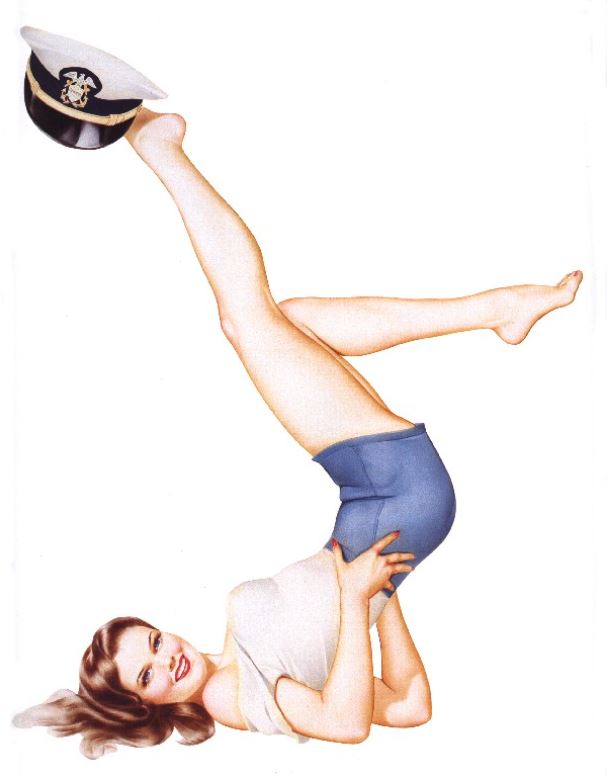
There were a few airplanes with the same type of artwork on the nose area like this:
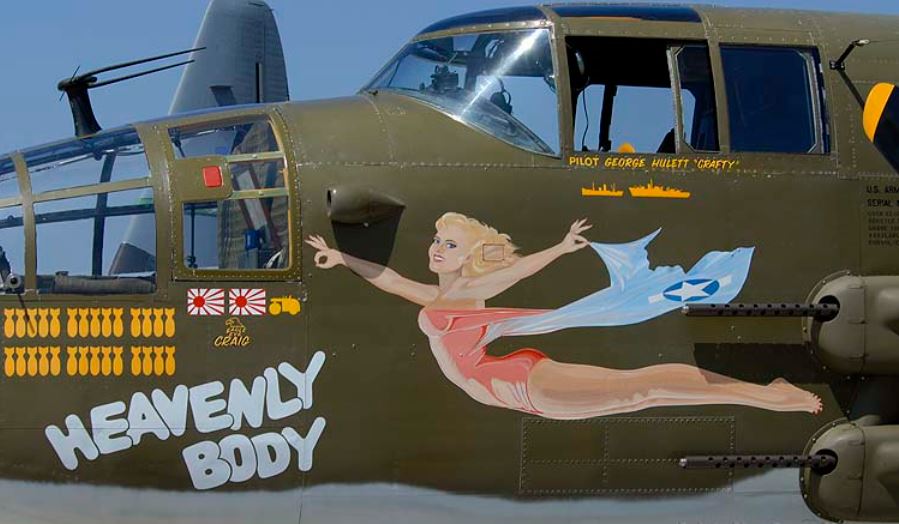
And there were a few like this:
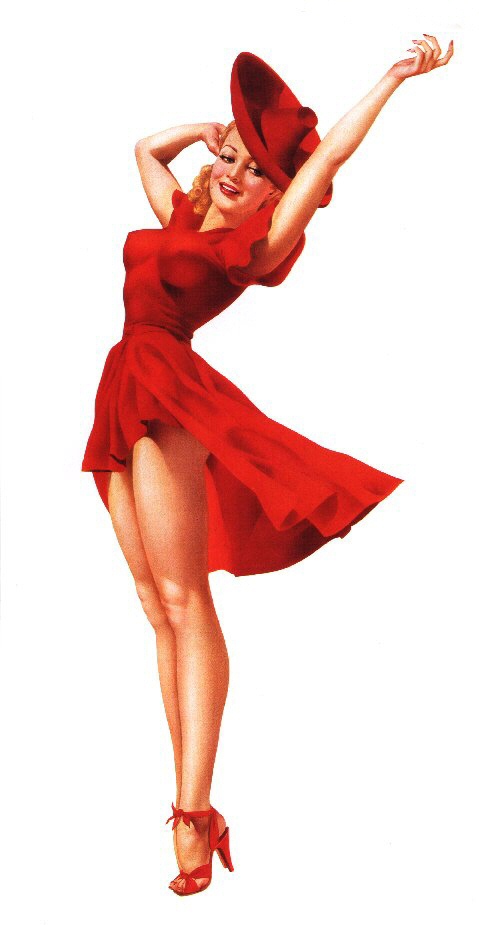
I explained to Cute Young Man best as I could what he was looking at with the most PG explanation I could find. More than likely at his age he had already seen an issue of Playboy or Penthouse, but I certainly wasn’t going there at all.
Many bombers and fighter planes with the United States Army Air Force were painted with ‘nose art” or mascots during World War II. It was unofficially permitted since many of the drawings depicted women who were barely clothed or entirely naked. The “brass” pretended to look the other way in most cases.
Many of the drawings were done by crew members themselves or copied from men’s magazines. Actresses and girlfriends were often used for models.
Calling these women depicted on the planes as mascots may seem a little demeaning today. Feminist groups during the Gulf War had such drawings banned, but during World War II, the drawings were considered lucky charms, and as the war wore on many crews had little rituals and procedures, they went through during each mission to ensure they made it back to base safely. They considered the ‘nose art’ on their plane to be part of their “luck”.
The drawings in the pictures I’ve provided above are both by Alberto Vargas. During the war he was already known as a successful magazine and poster artist. As far back as the 1930s he had made a name for himself creating pastel portraits of many famous Hollywood stars.
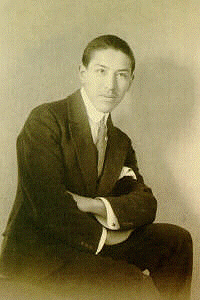
Vargas eventually signed a contract with Esquire magazine where he produced a monthly pinup in 1940, however, his contract with the magazine required he drop the final “s” on his name, so his artwork can be found under the name Varga, too. During the war through 1945 Vargas produced a pinup each month. The artwork ended up in the hands of millions of servicemen who received the magazine for free.
The Vargas pinups are very distinctive. The models do wear clothing, but the girls are very erotic, and are always featured on a white background. The eroticism made Vargas’ work and Esquire hit the top of the censorship list later in the war.
Many servicemen wrote Vargas asking him to produce ‘nose art’ for their planes. He rarely turned the men down.
Cute Young Man nodded as I told him these few details about Vargas, went back to his seat, and ‘silence is golden’ time continued.
Today, The Spencer Museum of Art houses almost the entire body of graphic art produced by Vargas for Esquire.
You can also find out more about Vargas here. Personally, I find the artwork beautiful, and it doesn’t upset me as woman regarding how the bomber crews used it during the war. It’s an intriguing sidebar of history when examining the war years of the 1940s.
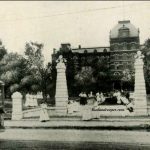

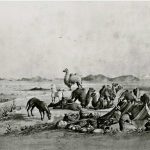
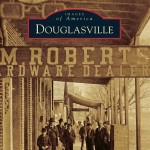
Leave a Reply